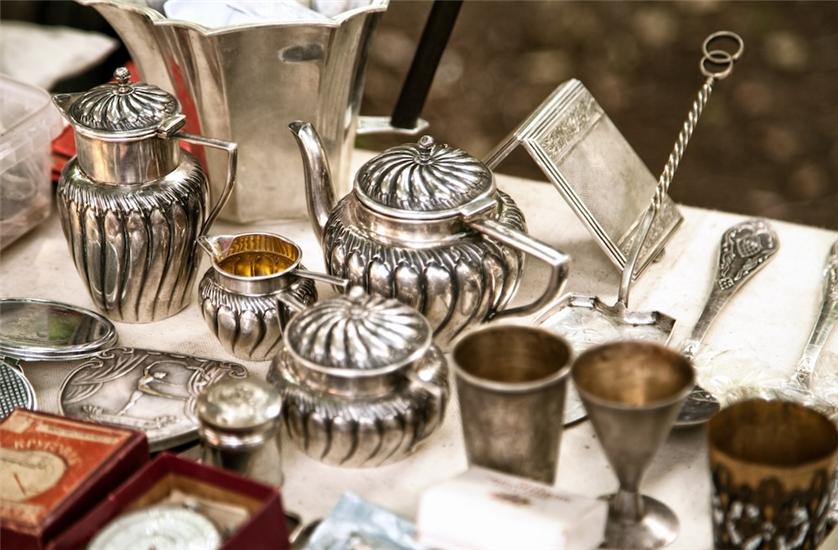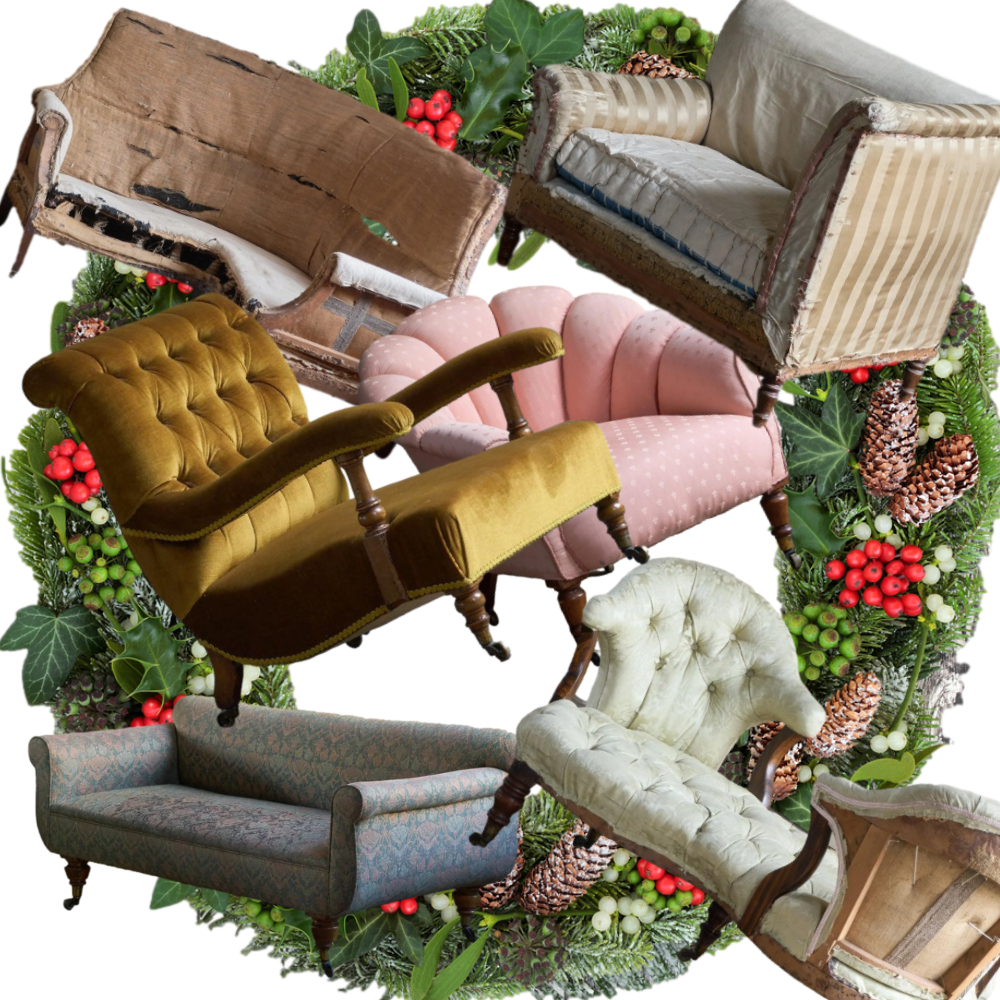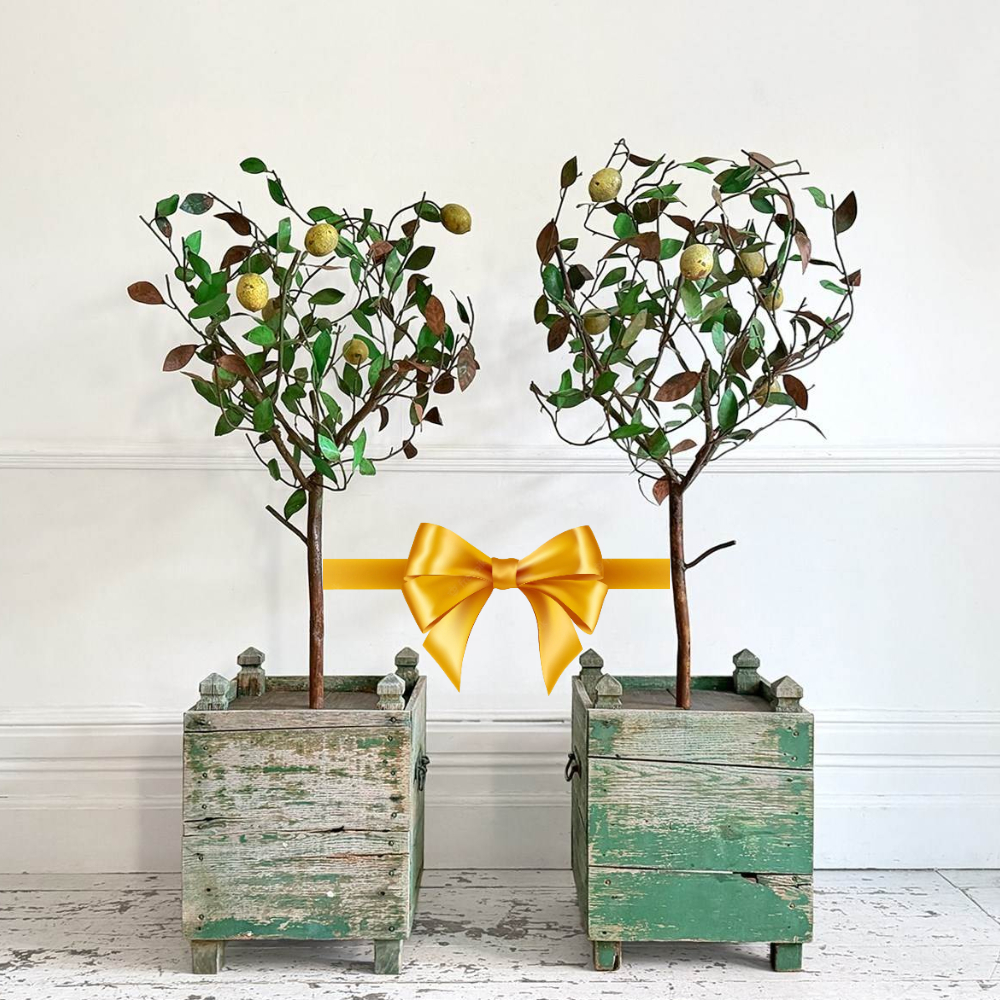
Antique collecting is a fascinating hobby that can connect us to the past through objects that have withstood the test of time. From exquisite art pieces to delicately carved furniture, each item has a little piece of history to share.
Entering the world of antique collecting can be intimidating, especially when confronted with the unique terminology that collectors and dealers use. This guide to essential antique lingo is your key to unlocking the language of the antique world, empowering you to navigate it confidently.
Antique vs Vintage
It’s common for the terms vintage and antique to be confused or used interchangeably. In the antique world, the two words mean different things. Vintage items are typically between 20 and 100 years old, whereas antique decor is usually at least 100 years old.
Condition grading
The condition of an antique is usually assessed and graded based on its current state, which can significantly affect its value.
- Mint: Perfect condition, as if never used.
- Excellent: Minimal signs of wear, close to mint.
- Very good: Minor defects or signs of use.
- Good: Noticeable wear and tear but still in a collectable state.
- Fair/poor: Significant damage or wear and often only valuable for parts or restoration.
Periods and styles
Antiques can be placed into numerous categories, including periods and styles. Different periods/eras have distinct characteristics, from the types of wood used to the details carved into it:
Tudor
The Tudor period lasted from 1485 to 1603. Antiques from this time feature distinctive solid oak furniture with intricate carvings and Renaissance-inspired jewellery with gold, silver, pearls, and precious stones.
Georgian
The period of Georgian furniture, from 1714 to 1830, is known for its variety of styles and the introduction of the Chippendale style. Silverware from this period is highly sought after.
Victorian
This period, covering Queen Victoria's reign (1837-1901), was known for its significant industrial and social changes, which were often reflected in antiques.
Antiques can also be classified under certain styles, such as Art Deco, which heavily features bold geometric patterns and vibrant colours.
Provenance
The history of ownership of an antique, known as its provenance, is a crucial factor in determining its value. Understanding provenance verifies authenticity and provides context about its historical significance, making you a knowledgeable and informed collector.
Rarity
Rarity refers to how uncommon or difficult it is to find a particular item. The rarity of an antique can greatly affect its value, as rarer items will command higher price tags. An item's rarity can be due to limited production, survival rates, or unique characteristics.
Final thoughts on antique lingo
Whether exploring antique shops, attending auctions, or just sharing your passion with fellow collectors, understanding the language of antiques can help you appreciate, evaluate and discuss your finds further.
Engaging in conversations with fellow antique collectors can be a great way to learn more about antiques. These interactions will provide you with invaluable information about the different styles, eras, and cultural significance of various pieces, and they will also allow you to use your newfound knowledge of antique lingo!






